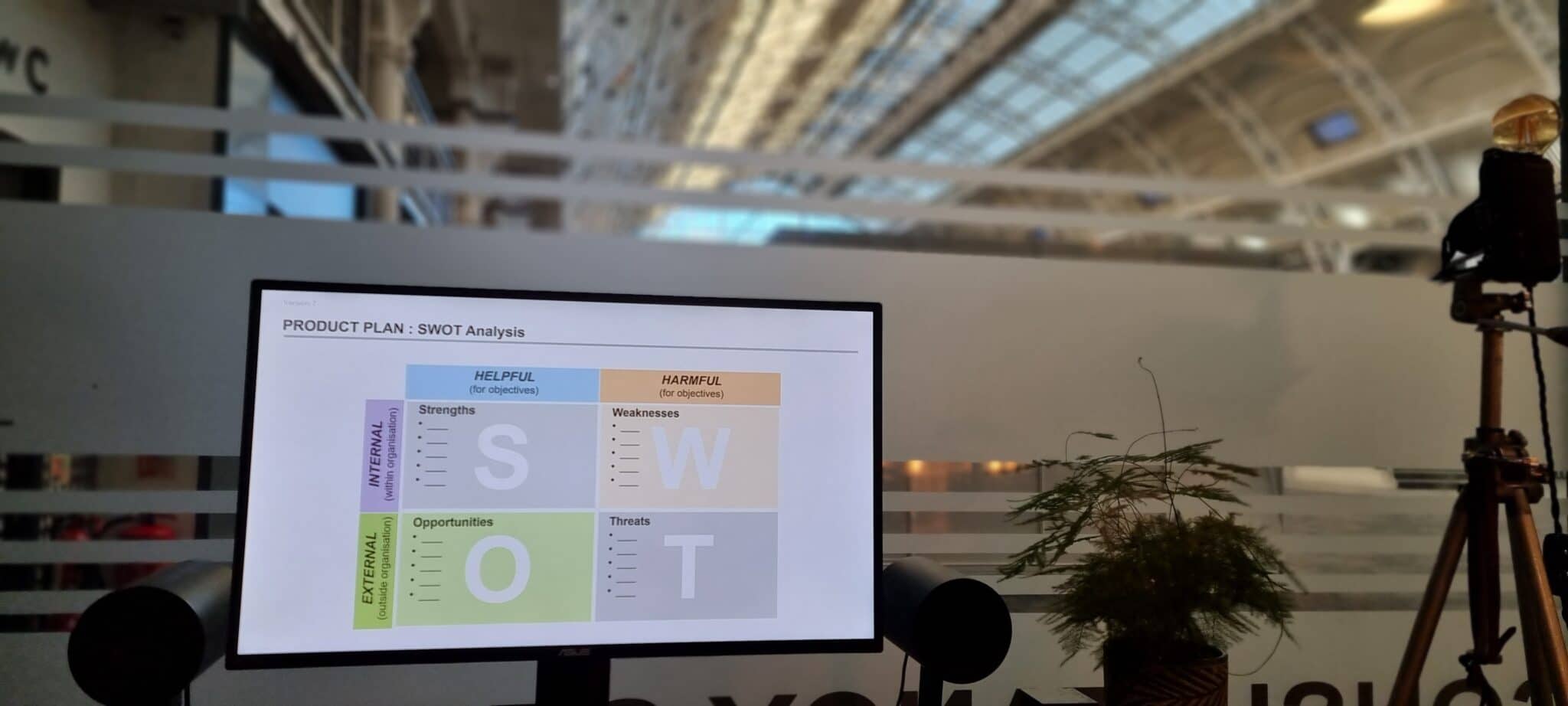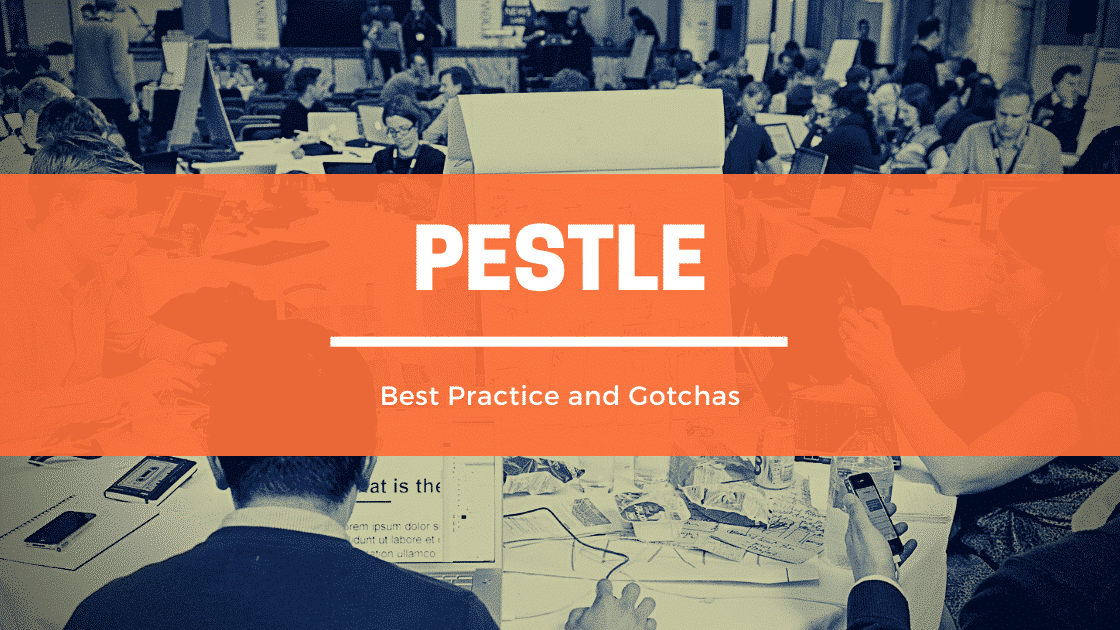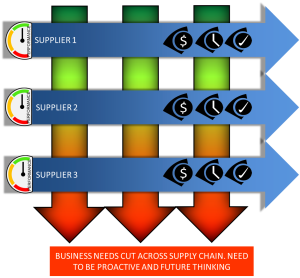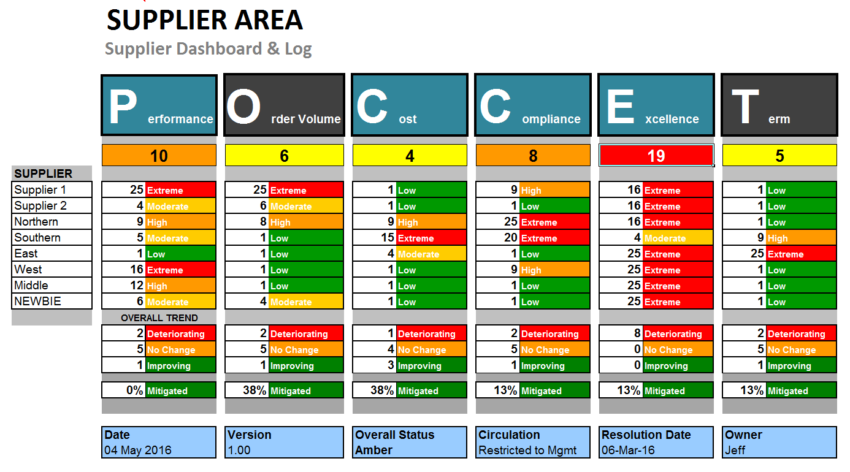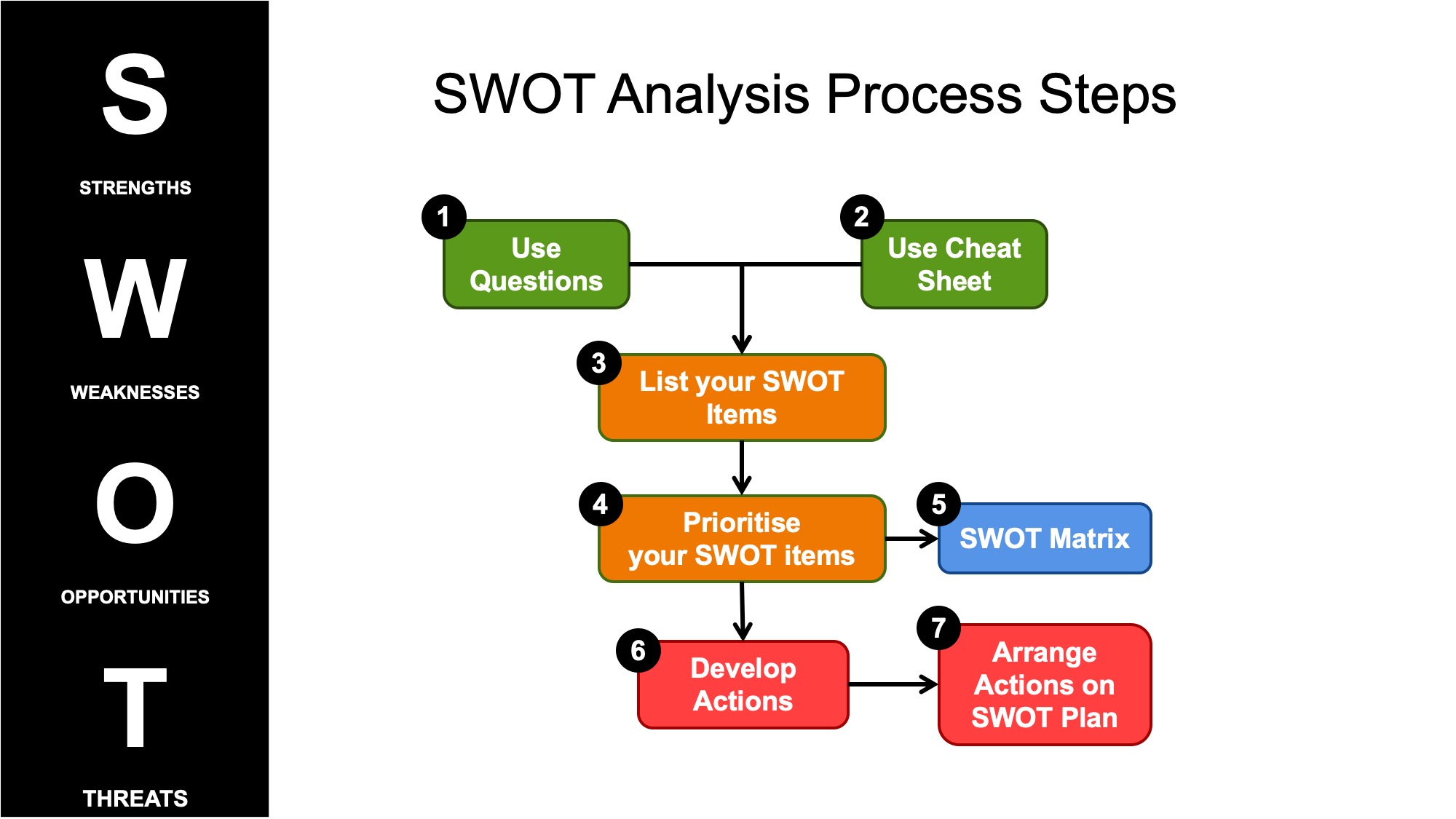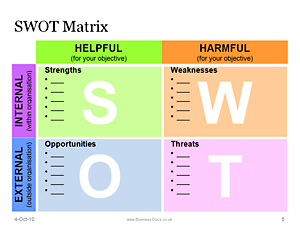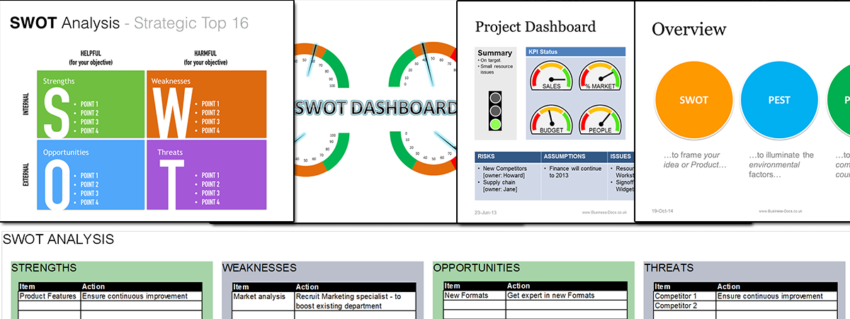
STEEPLE analysis, an extension of the traditional PEST and PESTLE analyses, assesses the external factors that can influence an organisation or industry. It stands for Social, Technological, Economic, Environmental, Political, Legal, and Ethical factors. In 2024, the landscape has evolved significantly, with emerging trends and challenges reshaping each facet. Below are the key factors relevant in 2024, organised by STEEPLE factor, along with frequently asked questions (FAQs) and their answers:
The top STEEPLE factors, with FAQs, for 2024
Top Social Factors
1. The Digital Divide
The digital divide refers to the gap between those who have access to modern information and communication technologies (ICTs) and those who don’t.
Businesses must consider the varying levels of digital access among their target audience when designing products, services, and marketing strategies.
2. Health and Wellness Trends
Trends include increased interest in mental health, plant-based diets, and fitness technologies like wearables.
Businesses can develop products and services aligned with health-conscious consumer preferences, such as offering wellness programs or incorporating eco-friendly practices.
Top Technological Factors
1. Artificial Intelligence (AI) Integration
AI is increasingly used for automation, predictive analytics, and personalised customer experiences across various sectors.
Ethical concerns include biases in AI algorithms, data privacy issues, and potential job displacement.
2. 5G Technology
5G is the fifth generation of wireless technology, offering faster speeds, lower latency, and increased connectivity.
It enables innovations such as IoT devices, augmented reality (AR), and real-time data analytics, transforming industries like healthcare, manufacturing, and transportation.
Top Economic Factors
3. Supply Chain Disruptions
Disruptions can result from natural disasters, geopolitical tensions, or global crises like the COVID-19 pandemic.
Diversifying suppliers, investing in digital supply chain technologies, and adopting agile strategies can enhance resilience.
4. Rise of the Gig Economy
The gig economy refers to a labor market characterized by short-term contracts and freelance work, often facilitated by digital platforms.
It offers flexibility to workers but raises concerns about job security, benefits, and labor rights.
Top Environmental Factors
1. Climate Change Regulations
Regulations aim to mitigate greenhouse gas emissions, promote sustainable practices, and adapt to climate-related risks.
Businesses can reduce emissions, adopt renewable energy sources, and implement eco-friendly policies and technologies.
2. Circular Economy Practices
A circular economy aims to minimize waste and resource depletion by promoting reuse, recycling, and product longevity.
Strategies include redesigning products for durability, implementing take-back programs, and fostering partnerships for resource sharing.
Top Political Factors
1. Trade Policies and Tariffs
Policies like tariffs and trade agreements can impact costs, supply chains, and market access for businesses operating internationally.
Businesses can diversify their markets, monitor policy changes, and advocate for favorable trade conditions.
2. Geo-political Tensions
Tensions between nations can lead to trade restrictions, cybersecurity threats, and disruptions in supply chains.
Businesses can conduct risk assessments, diversify operations, and establish contingency plans to mitigate the impact of geopolitical uncertainties.
Legal Factors
1. Data Privacy Regulations
Regulations protect individuals’ personal data from misuse, ensuring transparency and accountability in data processing.
Businesses must implement robust data protection measures, obtain consent for data collection, and provide clear privacy policies.
2. Employment Laws and Regulations
Employment laws govern aspects such as minimum wage, working hours, workplace safety, and employee rights.
Businesses should stay informed about labor laws, prioritise employee welfare, and establish fair employment practices.
Ethical Factors
1. Corporate Social Responsibility (CSR)
CSR refers to a company’s commitment to conducting business in an ethical and sustainable manner, considering its impact on society, the environment, and stakeholders.
CSR enhances reputation, fosters trust with stakeholders, attracts socially conscious consumers, and contributes to long-term business sustainability.
2. Ethical Supply Chain Practices
Ethical supply chain practices ensure fair labor conditions, environmental sustainability, and respect for human rights throughout the supply chain.
They mitigate risks associated with labor violations, environmental damage, and reputational harm, while also aligning with consumer preferences for ethically sourced products.
3. Diversity and Inclusion Policies
These policies promote a diverse workforce and an inclusive workplace culture that values differences in gender, race, ethnicity, sexual orientation, and other characteristics.
Diversity and inclusion foster innovation, improve decision-making, enhance employee morale and productivity, and cater to diverse customer demographics.
4. Ethical Marketing Practices
Ethical marketing practices involve transparent and truthful communication, respect for consumer privacy, and avoidance of deceptive or manipulative tactics.
Ethical marketing builds trust and credibility with consumers, strengthens brand reputation, and fosters long-term customer loyalty.
5. Fair Trade and Ethical Sourcing
Fair trade ensures producers in developing countries receive fair compensation and adhere to social and environmental standards, while ethical sourcing prioritizes suppliers that uphold ethical labor and environmental practices.
They promote social justice, support sustainable livelihoods for producers, and address concerns about exploitative labor and environmental degradation in global supply chains.
2024 STEEPLE Analysis – Summary
The above factors and FAQs are important areas in 2024. However, you should always consider the other areas that are consistent throughout the years.
Save time: use our STEEPLE Cheat Sheet powerpoint template
Use this template to provide the full list of STEEPLE factors, as well as the top factors in 2024.

STEEPLE Cheat Sheet 2024
Use this STEEPLE Cheat Sheet 2024 PowerPoint so that you can create your analysis rapidly. Ideal for virtual workshops too. Includes updated factors relevant to 2024.

